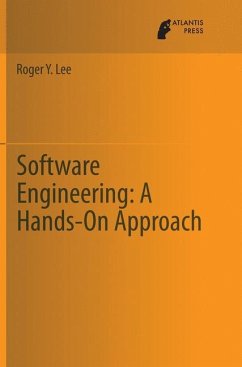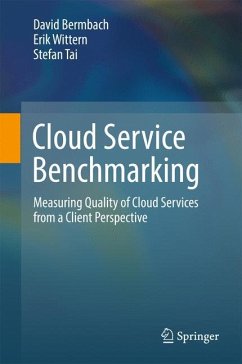
Practical Guide to Software Engineering: Concepts, Design & Testing
Comprehensive insights into software engineering concepts, design principles, testing methods, and maintenance practices
Versandkostenfrei!
Versandfertig in 6-10 Tagen
40,99 €
inkl. MwSt.

PAYBACK Punkte
20 °P sammeln!
"Practical Guide to Software Engineering: Concepts, Design & Testing" offers a concise yet comprehensive overview of software engineering principles across the entire software development lifecycle. Spanning five chapters, it introduces foundational concepts, SDLC models (Waterfall, Spiral, etc.), and the importance of structured SRS documents. It explores system planning and design using modeling tools like DFDs, ERDs, and UML, emphasizing modular development through cohesion and coupling. The book underscores the value of clear documentation, categorized as internal and external, and structu...
"Practical Guide to Software Engineering: Concepts, Design & Testing" offers a concise yet comprehensive overview of software engineering principles across the entire software development lifecycle. Spanning five chapters, it introduces foundational concepts, SDLC models (Waterfall, Spiral, etc.), and the importance of structured SRS documents. It explores system planning and design using modeling tools like DFDs, ERDs, and UML, emphasizing modular development through cohesion and coupling. The book underscores the value of clear documentation, categorized as internal and external, and structured through frameworks like the 4P's and 4W's. Software testing is detailed through methodologies, tools, and the contrast between manual and automated approaches. The final chapter addresses software maintenance (corrective, adaptive, perfective, preventive) and risk management, highlighting standards like ISO 9000, CMM, and tools like PERT and Gantt charts. Overall, it provides practical insights for building scalable, high-quality, and maintainable software systems.












